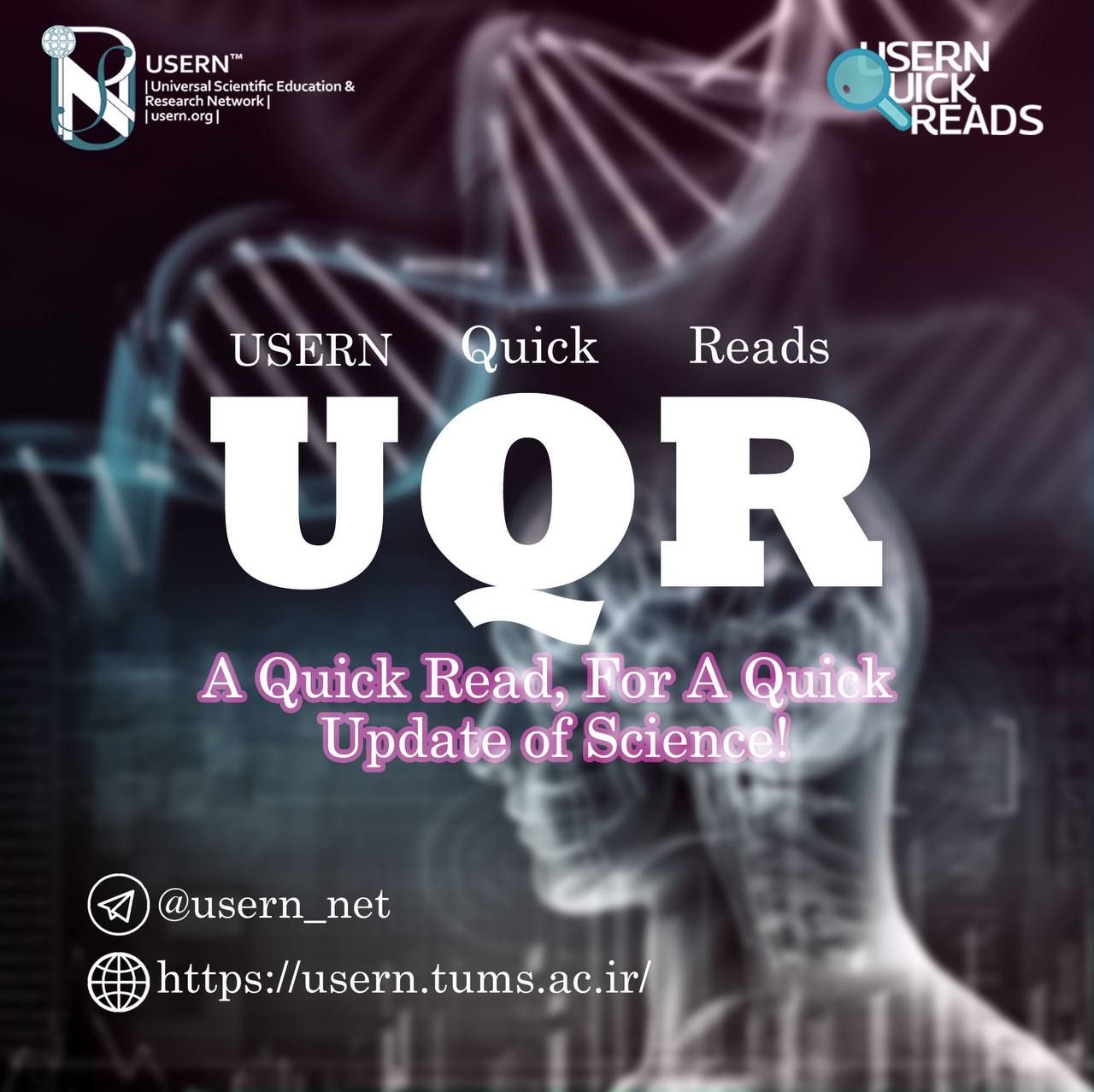Quick Reads
Has immunotherapy been an effective weapon against glioblastoma?

GBM is one of the most fatal tumors that hit the brain, can immunotherapy attacks it effectively?
Has immunotherapy been an effective weapon against glioblastoma?
GBM is the most aggressive form of brain cancer with a very low survival despite different therapies because of its immune suppressive microenvironment(1). In this issue, we will discuss the immunotherapy options of glioblastoma (GBM).
One of these therapies is the neoantigen vaccine that could elicit T-helper cells and provide active immunity. Vaccine therapy must be combined with radiotherapy, surgery, and Temozolomide (an oral chemotherapy drug) to have an efficient effect. Must of these vaccines like BEV(EGFRvIII targeted peptide vaccine ) and IMA 950( 11 tumor-associated peptide vaccine ) could promote dendritic cells and T-cells against GBM and reduce T-reg and tumor suppression cytokines(2–5). But due to GBM, slow mutational activity, this therapy can't be much effective.
Another strategy against GBM is immune checkpoint blockade(6). Anti-CTLA4 and Anti-PD-1/PD-L1 are some examples of CBI (checkpoint blockade immunotherapy); researches show that combination therapy with vaccines must be more effective and increase the neoantigen immunotherapy. But this therapy is failed in most cases because of the lack of these receptors on the tumor's surface.
Another strategy is the monoclonal Antibodies(7). These antibodies can block some tumor's transmembrane proteins like CD-47 (a "don't eat me") protein. But this therapy can be efficient with Temozolomide and stimulates the phagocytosis of glioma cells.
The other immunotherapy is CAR-T cells (chimeric antibody receptor). These are synthetic molecules designed to redirect T-cells to specific antigens. Although this therapy is effective enough in hematologic tumors, it is still a challenge to treat GBM via this therapy due to the lack of appropriate surface antigens and also an immunosuppressive environment(2,8). Likewise, CAR-T therapy in children with solid tumors brings edema and death. CAR-T therapy requires extensive laboratory validation to avoid cross-reactivity. (8)
CAR-T cells are engineered with SFCV so they can bypass the tumor's low MHC presentation. (9)
CAR-T cell therapy combination with checkpoint inhibition and virus therapy could overcome tumor heterogeneity and tumor scape caused by target antigen loss.(2,10)
Despite these immunotherapies, GBM is still a dangerous tumor that patients couldn't live on more than 15 months after treatment because of its high resistance and low antigen-presenting levels. (11)
The most important cause of resistance is the GBM heterogeneity and its low neoantigen presenting activity (1). So, after all, more researches are needed to find a novel therapy against neoantigens and also tumor microenvironment.
BY: Fatemeh Jalali
References:
1. Jackson CM, Choi J, Lim M. Mechanisms of immunotherapy resistance: lessons from glioblastoma. Vol. 20, Nature Immunology. Nature Publishing Group; 2019. p. 1100–9.
2. Martinez M, Moon EK. CAR T cells for solid tumors: New strategies for finding, infiltrating, and surviving in the tumor microenvironment. Front Immunol. 2019;10(FEB).
3. O'rourke DM, Nasrallah MP, Desai A, Melenhorst JJ, Mansfield K, Morrissette JJD, et al. C A N C E R A single dose of peripherally infused EGFRvIII-directed CAR T cells mediates antigen loss and induces adaptive resistance in patients with recurrent glioblastoma [Internet]. 2017. Available from: http://stm.sciencemag.org/
4. Londhe VY, Date V. Personalized Neoantigen Vaccines: A Glimmer of Hope For Glioblastoma. Expert Rev Vaccines. 2020 Apr 2;
5. Coxon AT, Johanns TM, Dunn GP. An Innovative Immunotherapy Vaccine with Combination Checkpoint Blockade as a First-Line Treatment for Glioblastoma in the Context of Current Treatments.
6. Shen SH, Woroniecka K, Barbour AB, Fecci PE, Sanchez-Perez L, Sampson JH. CAR T cells and checkpoint inhibition for the treatment of glioblastoma. Expert Opinion on Biological Therapy. Taylor and Francis Ltd; 2020.
7. von Roemeling CA, Wang Y, Qie Y, Yuan H, Zhao H, Liu X, et al. Therapeutic modulation of phagocytosis in glioblastoma can activate both innate and adaptive antitumor immunity. Nat Commun. 2020 Dec 1;11(1).
8. Tahmasebi S, Elahi R, Esmaeilzadeh A. Solid Tumors Challenges and New Insights of CAR T Cell Engineering. Vol. 15, Stem Cell Reviews, and Reports. Humana Press Inc.; 2019. p. 619–36.
9. Maus M V. Designing CAR T cells for glioblastoma. Oncoimmunology. 2015 Dec 2;4(12).
10. Castellarin M, Watanabe K, June CH, Kloss CC, Posey AD. Driving cars to the clinic for solid tumors. Vol. 25, Gene Therapy. Nature Publishing Group; 2018. p. 165–75.
11. Wang H, Xu T, Huang Q, Jin W, Chen J. Immunotherapy for Malignant Glioma: Current Status and Future Directions. Vol. 41, Trends in Pharmacological Sciences. Elsevier Ltd; 2020. p. 123–38.
12. Antunes ARP, Scheyltjens I, Duerinck J, Neyns B, Movahedi K, Van Ginderachter JA. Understanding the glioblastoma immune microenvironment as
13. Brown NF, Carter TJ, Ottaviani D, Mulholland P. Harnessing the immune system in glioblastoma. Vol. 119, British Journal of Cancer. Nature Publishing Group; 2018. p. 1171–81.
14. Mega A, Hartmark Nilsen M, Leiss LW, Tobin NP, Miletic H, Sleire L, et al. Astrocytes enhance glioblastoma growth. Glia. 2020 Feb 1;68(2):316–27.
15. Sampson JH, Gunn MD, Fecci PE, Ashley DM. Brain immunology and immunotherapy in brain tumors. Vol. 20, Nature Reviews Cancer. Nature Research; 2020. p. 12–25.
16. Zhang H, Zhou Y, Cui B, Liu Z, Shen H. Novel insights into astrocyte-mediated signaling of proliferation, invasion
17. Zhong S, Jeong JH, Chen Z, Chen Z, Luo JL. Targeting Tumor Microenvironment by Small-Molecule Inhibitors. Vol. 13, Translational Oncology. Neoplasia Press, Inc.; 2020. p. 57–69.
18. Choi BD, Yu X, Castano AP, Bouffard AA, Schmidts A, Larson RC, et al. CAR-T cells secreting BiTEs circumvent antigen escape without detectable toxicity. Nat Biotechnol. 2019 Sep 1;37(9):1049–58.
19. Keskin DB, Anandappa AJ, Sun J, Tirosh I, Mathewson ND, Li S, et al. Neoantigen vaccine generates intratumoral T cell responses in phase Ib glioblastoma trial. Vol. 565, Nature. Nature Publishing Group; 2019. p. 234–9.